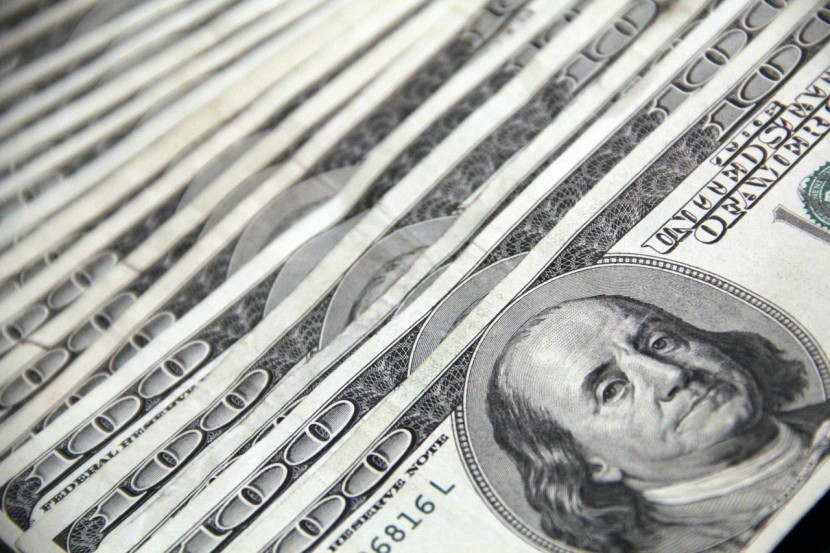Starting October 1, current and prospective college students may fill out the Free Application for Federal Student Aid. Each year, the federal government allocates $150 billion to college students; all they have to do is apply for their rightful portion.

Financial Aid Larger than Stimulus Checks
In a recently published article in BGR, prospective and present college students may now file their Free Application for Federal Student Assistance, or FAFSA, applications in the expectation of receiving up to $30,000 in financial aid, much more than any stimulus check amounts.
Every year, college financial aid experts urge students and their families to submit the FAFSA as soon as possible since schools often award student assistance money on a first-come, first-served basis based on the date the students submit their financial aid applications. Every year, students lose out on billions of dollars.
Over the last several decades, the cost of a college education has risen dramatically. Despite the fact that the coronavirus pandemic caused significant financial need throughout the nation, research indicates that student applications decreased last year. During the pandemic, many students' college plans were altered because their families could no longer afford a four-year education, according to a published article in WRAL.
Deadline of Application, Important Things You Need To Know About FAFSA
For the 2021-2022 academic year, according to studentaid.gov, the FAFSA form must be filed by June 30, 2022, at 11:59 p.m., Central Time. By September 10, 2022, at 11:59 p.m., Central Time, any changes or modifications must be submitted. And what if you want to get a head start on the academic year 2022-23? Simply substitute "2023" for "2022" in the aforementioned due dates.
The form is due at the same time and on the same days for the academic year 2022-23. Only one year has been moved ahead. Also, make a note of the state FAFSA deadline on the Federal Student Aid website, which may be found here. States, as well as individual schools, have their own deadlines to adhere to, according to a report published in CNBC.
Polled of Recent Student Loans
In early March 2020, Discover Student Loans surveyed 1,500 parents of college-bound teenagers, then again in May 2020. They discovered that the pandemic cost 48 percent of parents money, and 44 percent stated they couldn't afford to pay for as much of their child's schooling as they had anticipated. As a consequence, 39 percent of individuals who indicated they would not seek government assistance in March said they would in May.
In a published article in Daily Advent, only 68 percent of students and their families completed the FAFSA in the 2020-2021 school year, down from 77 percent in the 2018-2019 academic year and 71 percent in the 2019-2020 academic year. Sallie Mae's How America Pays for College study, which started in 2008, showed the lowest proportion ever recorded last year.
Students with lower-than-average completion rates may be found across the board. According to Sallie Mae's study, the FAFSA was completed by 67 percent of low-income families, 70 percent of middle-income families, and 66 percent of high-income families.
The most frequent explanation given by families for not filling out the form was that they did not believe they would be eligible for any financial assistance. However, there is no formal income limit for federal student assistance applications.








